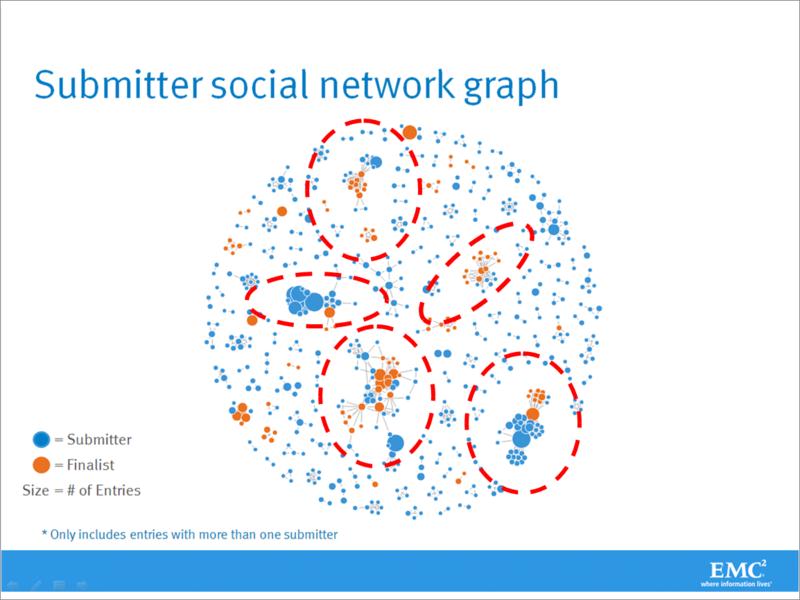My co-workers recently forwarded me an interesting article about cognitive diversity.
The Techonomy article, written by John Hagel and John Seely Brown, asserts that “like-mindedness” can hurt corporations.
In other words, we should re-think the phrase “Great Minds Think Alike” and perhaps turn to something along the lines of “Different Minds Think Greatly.”
The title of the article, in part, states that “Too Much Like-Mindedness Hurts Companies.” They conclude:
“Organizations that host a diverse and broad range of members have a resilience that results from cross pollination.”
I agree with the authors, and I have relevant data to back them up. Over the past two years I’ve been developing a global innovation analytics platform as a way of measuring and accelerating global innovation. I’ve guided myself through this “Big Data” project using the six-step Data Analytics Life Cycle.
We’ve aggregated thousands of employee ideas submitted into our Innovation Roadmap framework and run Social Network Analysis (SNA) algorithms against the data. We’re specifically looking for “clusters” of inventors that tend to have really great ideas. A “great” idea is an idea that is chosen as a “finalist” that is worthy of funding. The chart below highlights five such clusters, with the color “red” symbolizing a finalist.
My attention was drawn to the larger cluster in the lower center of the graph. I asked our data scientists (led by Distinguished Engineer John Cardente) to drill down into this huge cluster, which contains a surprisingly large number of successful inventors. I asked them to color code each inventor using a different color shade representing what country they were from. The graphic below shows an inventor cluster representing five different countries: China, Israel, France, Australia, and the United States.
In addition, certain individuals had extremely high “betweenness counts,” which indicates that they may be boundary spanners.
These results certainly indicate that passionate inventors that seek to partner with diverse partners achieve a high level of success.
The final piece of data that really backs up the article is the makeup of the winning team in 2012. Out of 2,200 employee ideas submitted in 2012, EMC selected the “Best-In-Show” idea from a team spanning Beijing, Shanghai, Egypt, and the United States.
The Techonomy article infers that global multi-nationals actually have competitive advantage over smaller companies. Perhaps the best way to close my own blog post is to let the authors close it for me:
“Organizations that host a diverse and broad range of members have a resilience that results from cross pollination. They have the ability to sense trends and react quickly and creatively to problems as they arise. As the lines between industries increasingly blur, this capability becomes more important, and is one of the advantages that large companies can have over small ones. In a world where we respond to increasing uncertainty by seeking out others like us, companies can play a significant role in building diversity and creating the mechanisms to enhance the potential for serendipity. Those who figure this out are likely to build a significant competitive advantage in resilience and creative thinking over firms that let us stay in our comfort zone.”
